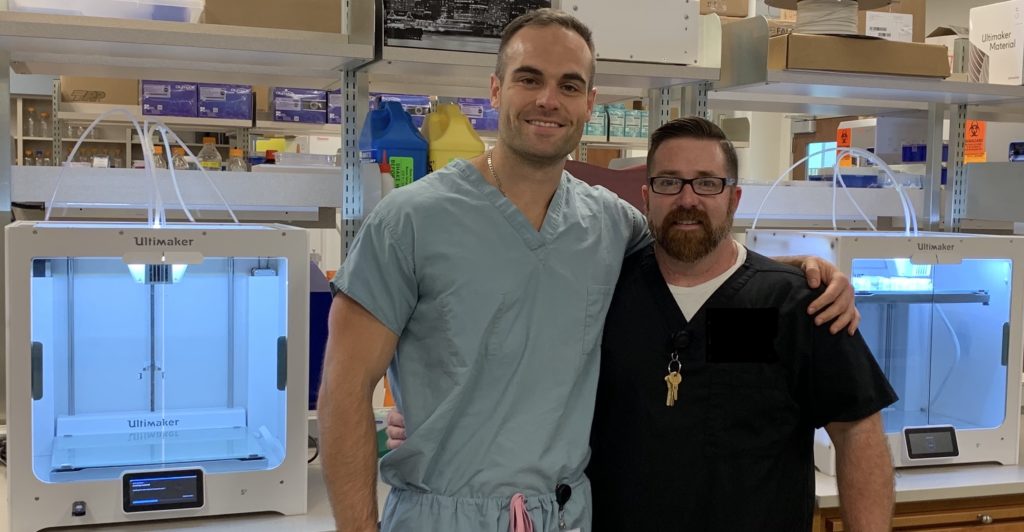“… Residents need cadavers for educational purposes, but these are difficult to come by. In the United States, only 20,000 bodies are donated to science every year, that’s barely enough to satisfy a population of more than 27,000 residents. Plus you need to add the costs of purchasing them: according to an article by The New York Times, delivery of an intact cadaver costs as little as $1,000, but different specialists seek out specific pieces of anatomy for their work, and individual parts can be expensive, such as a torso in good condition, which can go for $5,000, or a spine for $3,500. With residents needing more than one cadaver to practice on and clinics usually having only limited resources, there is a sensical need to find new ways to educate the next generation of doctors. For William Clifton, Neurosurgery Resident at the Mayo Clinic in Florida, it seemed there had to be another way to train surgeons, so he consulted with an engineer, who was also a friend, and realized that creating 3D printed models for medicine and simulators for resident training could be the solve-all solution…”

